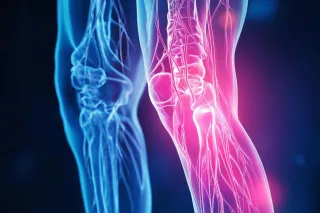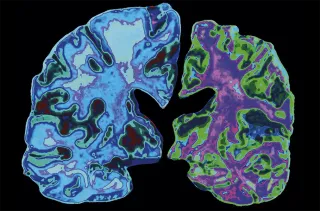Blog
Stay informed with the newest and most exciting Stem Cell Therapy developments

Best Non-Surgical Treatments for Chronic Joint Pain – Breaking down regenerative medicine options
Regenerative Medicine for Joint Pain: Stem Cells, Exosomes, and Movement ...more
General
March 27, 2025•17 min read

The Future of Anti-Aging Medicine – Exploring stem cells, exosomes, and longevity science & practices
Anti-aging medicine is advancing rapidly, with new therapies aiming to repair cells, reduce inflammation, and enhance the body’s natural rejuvenation processes. Below, we explore several promising int... ...more
General
March 20, 2025•27 min read

Stem Cell Therapy: A New Hope for Alzheimer’s Disease and Dementia
How Can Stem Cells Help Alzheimer’s and Dementia? ...more
General
March 13, 2025•16 min read
Ready To Claim Your Ultimate Vitality and Regenerate Your Way to Wellness?
Apply for a complimentary consultation today!
Disclaimer:
The stem cell and exosome therapies offered by Human Wellness Centers are investigational and have not been approved by the U.S. Food and Drug Administration (FDA) for the treatment of any specific medical condition. These therapies are not intended to diagnose, treat, cure, or prevent any disease. Individual results may vary, and no guarantees of specific outcomes are made. Potential risks, including but not limited to infection, immune reactions, or other unforeseen complications, may be associated with these therapies. It is essential to consult with a qualified healthcare professional before considering these treatments.
